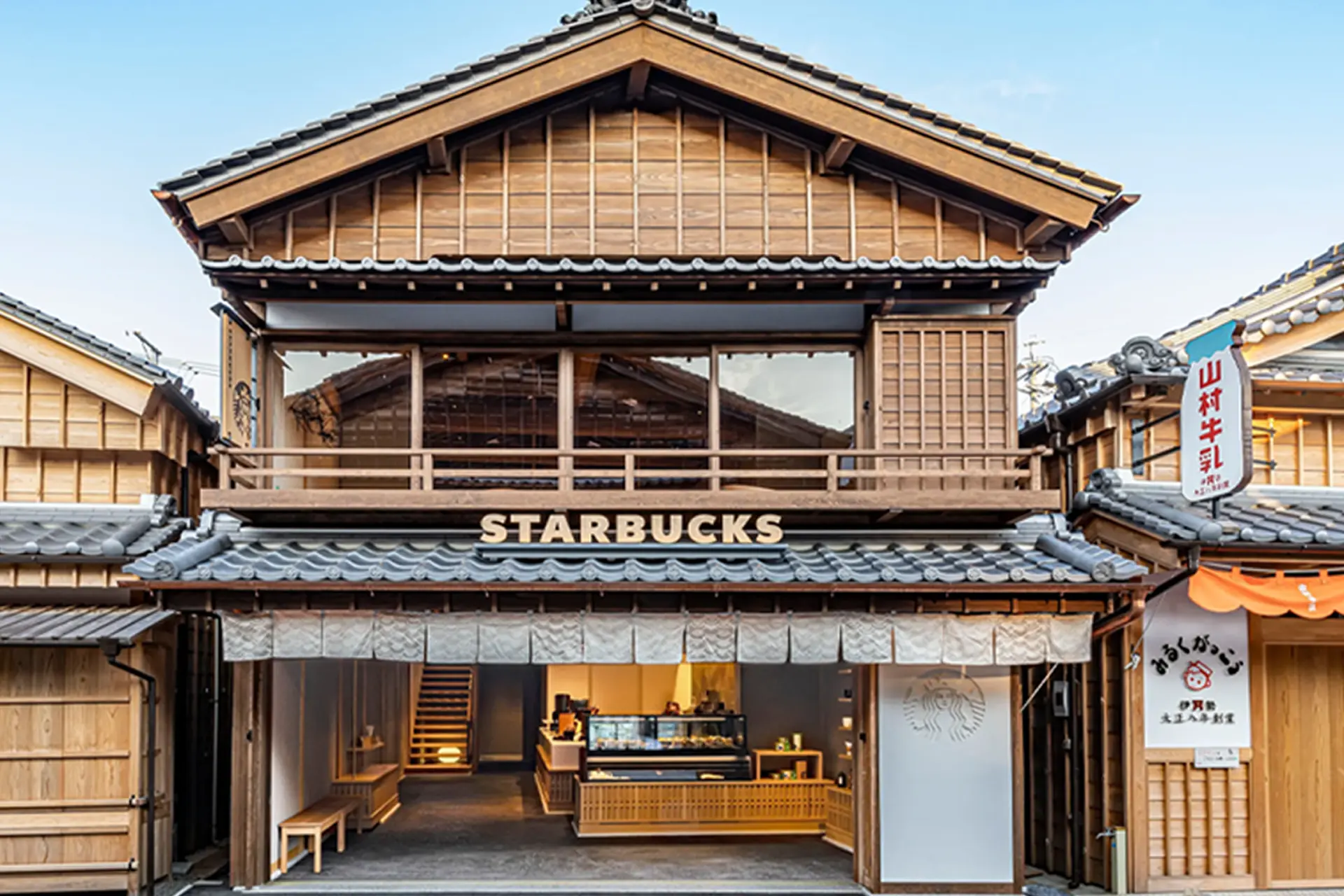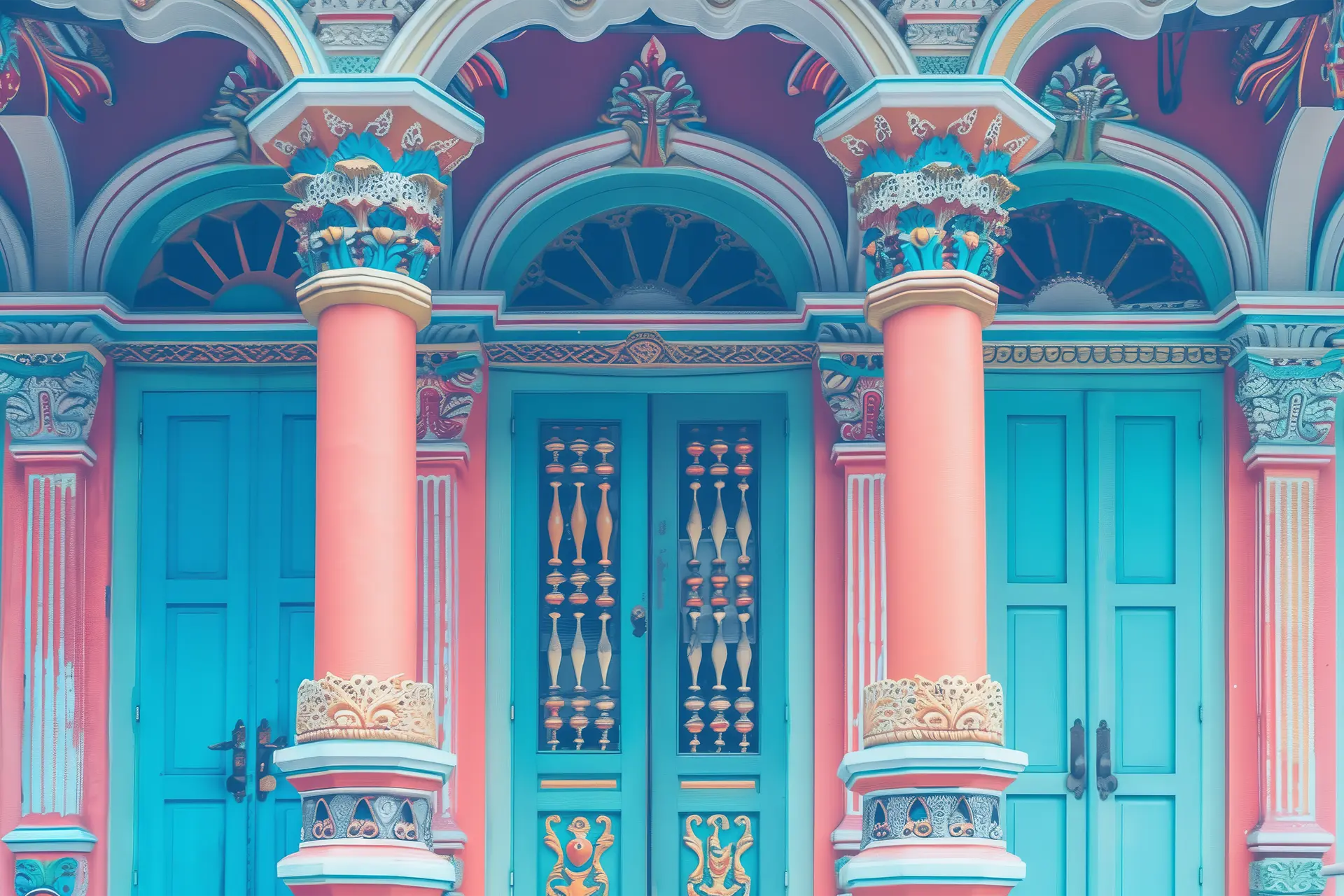DSGNJAVA
The Influence of Regional Aesthetics
on Global Food Brands
Part 3
December 20, 2024
In today's competitive market, from fast food chains to supermarket shelves, food brands constantly battle for consumer's attention. This is a core reason macro food companies heavily invest in creative branding strategies that make them stand out and thrive in the crowded local marketplace. Let us explore this with a few key studies.
Global Food Brands in the International Market
KitKat
KitKat not only offers distinct flavours but also features unique packaging designs that visually reflect the flavour experience. In Japan, KitKat has introduced flavours and packaging that range from the calming greens of matcha to the bold reds of wasabi. Additionally, it embraces the essence of changing seasons through limited-edition designs featuring cherry blossom themes for spring and moon-viewing motifs for autumn. These elements resonate deeply with Japanese cultural sensibilities. KitKat in Korea takes a similar approach, focusing on vibrant colours and playful designs, but with slightly bolder, more youthful aesthetics.
In India, KitKat's "Travel Break" campaigns have been known to feature picture postcards of unique travel locations, highlighting lesser-known destinations like Hemis National Park, Lakshadweep, and the Valley of Flowers on limited edition packs. This campaign celebrated domestic travel, showcasing local landscapes and wildlife to promote national tourism.
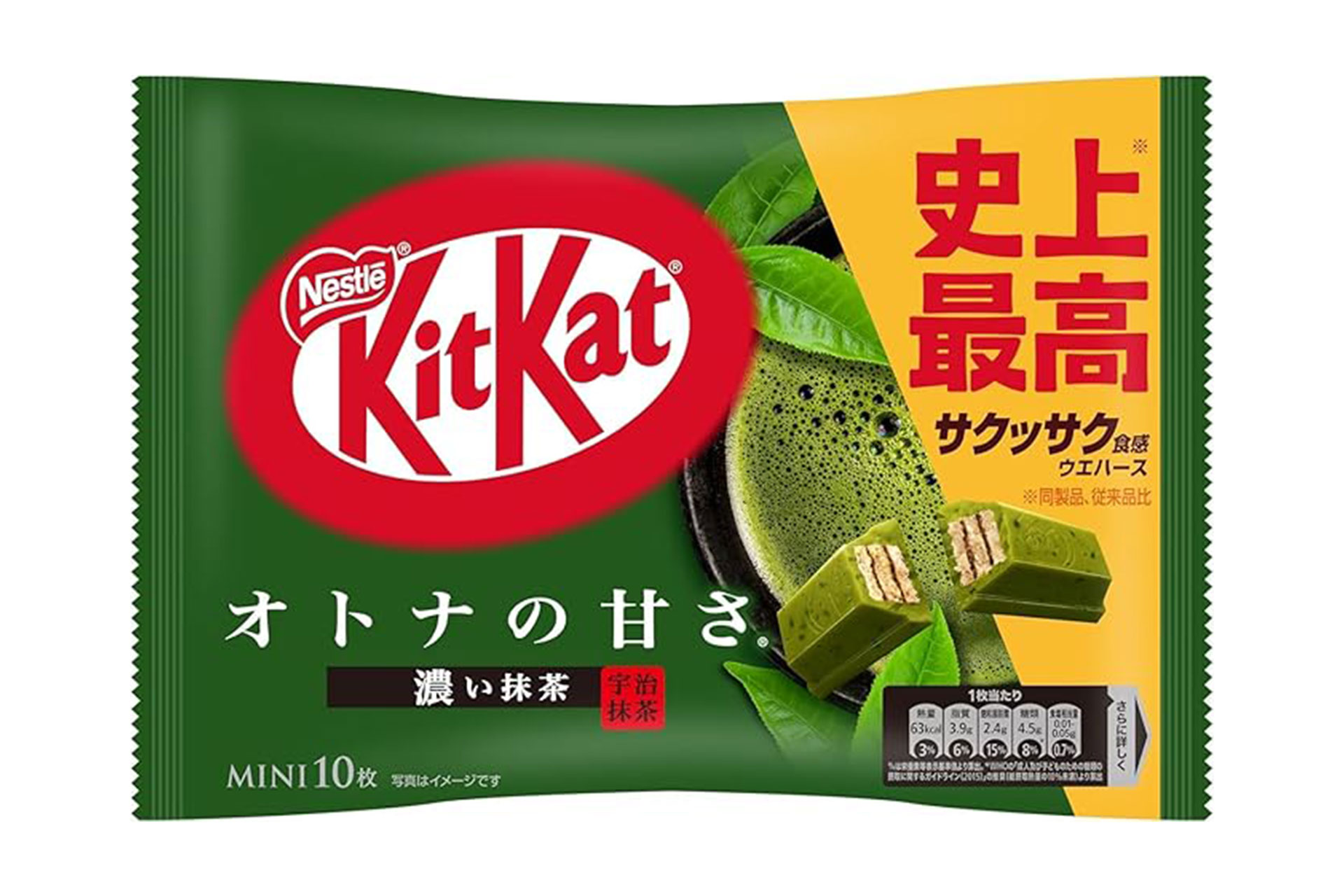
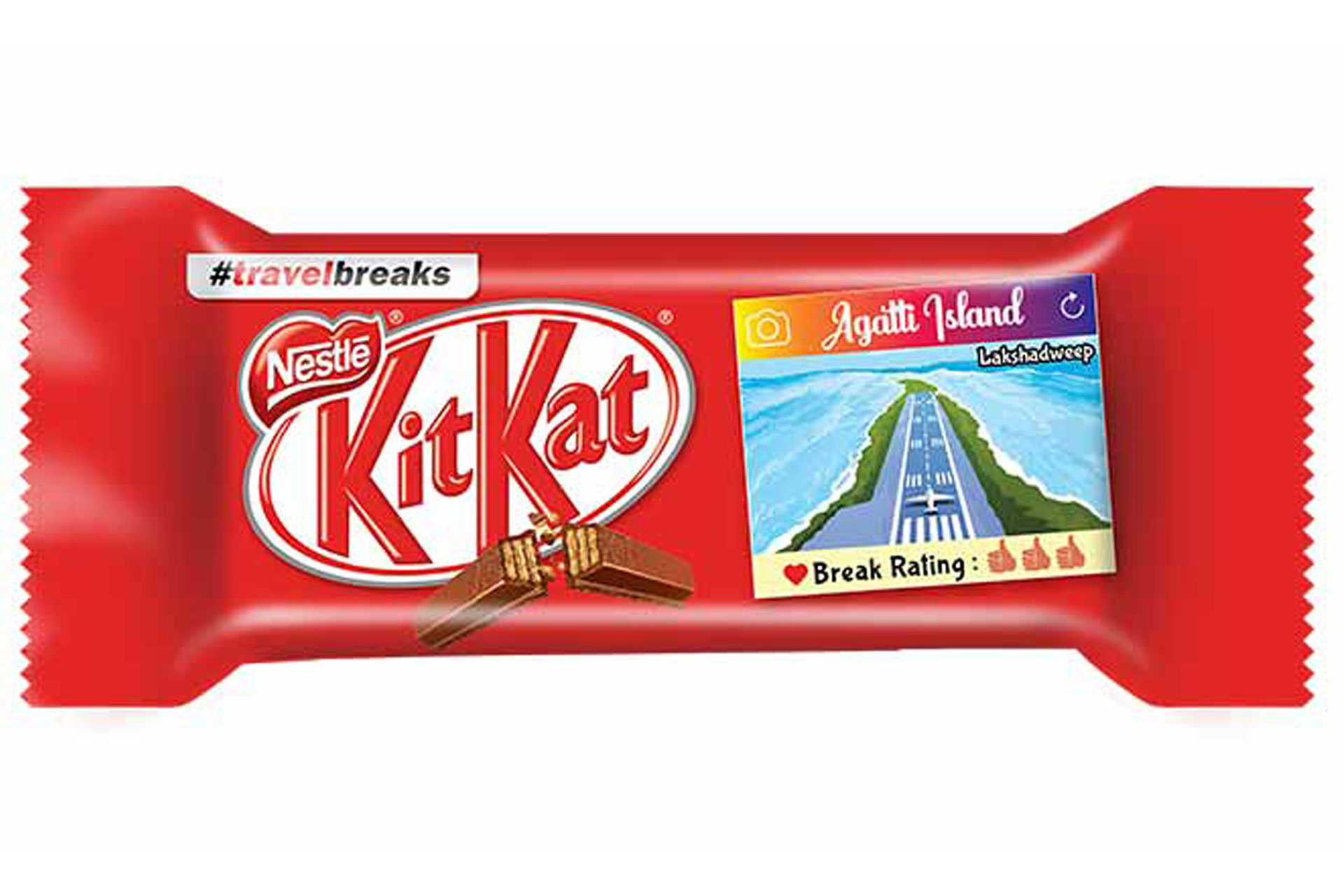
Dunkin Donuts
Dunkin' Donuts has mastered the art of adapting to diverse cultures with a perfect blend of global consistency and local flair. For Diwali in 2014, the brand introduced a special lineup of flavours tailored to the celebration, capturing global attention. This menu featured six Indian-flavoured doughnuts: Kesar Badam, Milk Cake, Soan Papdi, Motichoor, Kaju Katli, and Kesar Pista. Their advertising also incorporated a localized design strategy that highlighted festive elements, such as almonds and pistachios, on doughnuts, complete with time-limited Diwali packaging.
Additionally, their summer designs featured a guava and chilli-topped doughnut and Badam and Kesar Thandai for cold beverages, appealing to the customers in the hot season and showcasing Dunkin's creative approach to seasonal flavours.
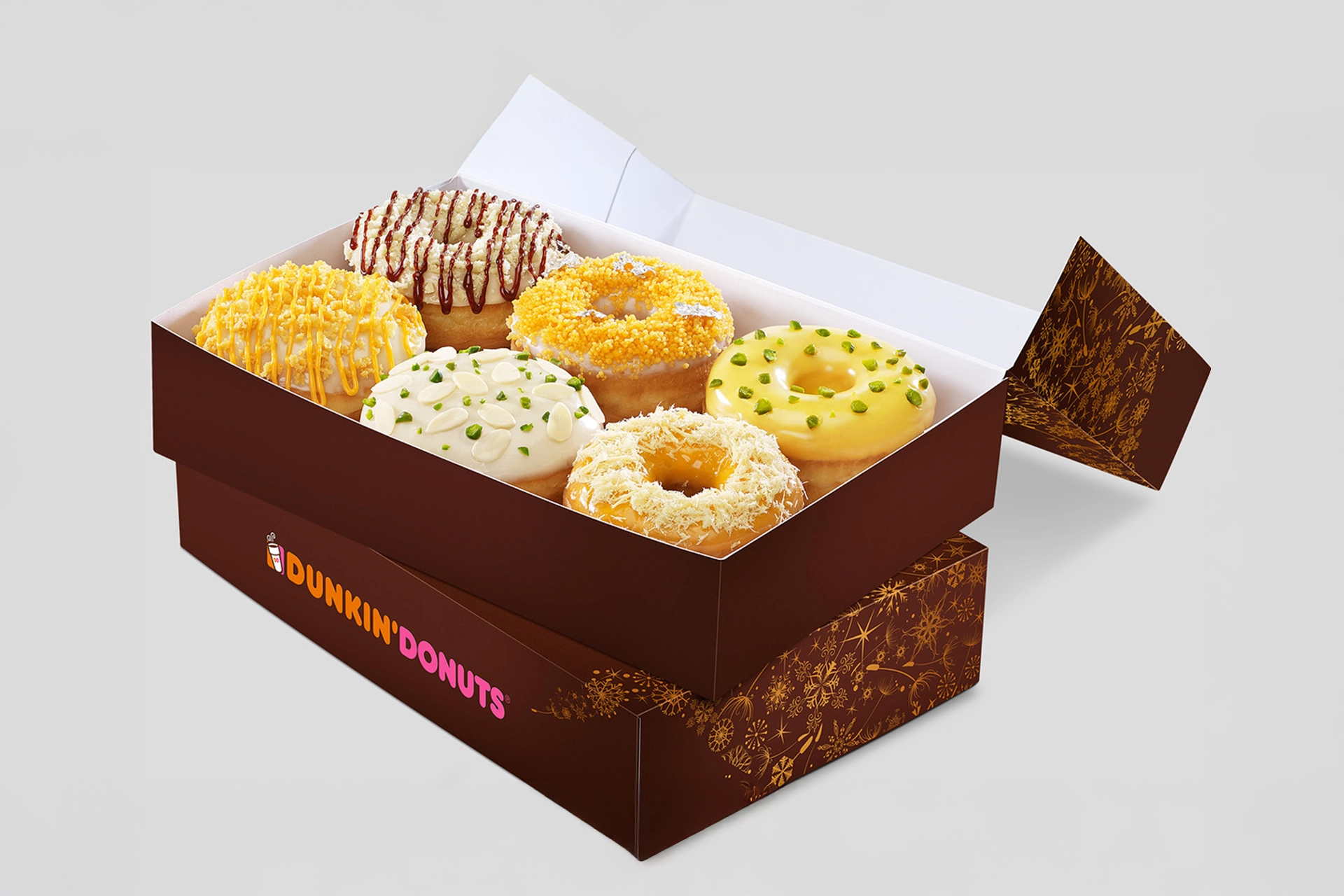
Starbucks
Starbucks in Japan became the lead brand with Regional Aesthetics.
Starbucks opened its 1st store in Japan in 1996, and currently has 1892 stores and counting as a leading coffee brand in Japan. Japan was the first country where Starbucks expanded beyond South America. To gain this number of stores it extensively uses Japanese regional aesthetics.
Starbucks stores are designed with beautiful architecture that reflects traditional Japanese aesthetics. The stores don’t look only as an international brand as their unique identity but, they look very familiar to Japanese culture, adding the brand’s logo slightly. Starbucks successfully involved with local tastes by adapting to the cultural, historical, and traditional values of Japan, while honouring its rich heritage. They offer beverages and coffees inspired by traditional Japanese ingredients such as matcha, sakura, and yuzu. Thus, they continue with traditional ingredients with various flavours.
One of the many things Japan is famous for is Sakura, known as cherry blossom, which is why Starbucks Japan offers special drinks & coffees inspired by this beautiful season. For example, they serve the Sakura Soy Latte, Sakura Strawberry Shiratama Frappuccino, Sakura Saita Milk Latte, Sakura Fuwari Berry Milk Latte, Sakura Sakuranbo Frappuccino, Hanami Sakura Cream, and many more, creating a unique experience for customers. Each season brings new flavours and specific seasonal drinks that celebrate Japan’s rich culinary heritage, making every visit exciting. For instance, the Sakura Saku Saku Frappuccino is a highlight during the Sakura season, while the Pineapple Frappuccino is perfect for hot summer days.
To celebrate the 25th anniversary of Starbucks Japan, they introduced 47 special flavours of Frappuccino as part of the ‘47 JIMOTO Frappuccino’ series. The word ‘Jimoto’ means ‘local’ in Japanese, this shows the brand's appreciation and love towards the communities and the strong bond it has with the various regions in Japan.
Starbucks in Japan isn’t just a typical Starbucks; it has transformed itself into a distinctly Japanese brand. This is how Starbucks has become a leading coffee brand in Japan—by being familiar and connecting with people through a deep understanding of traditional local values and habits.
